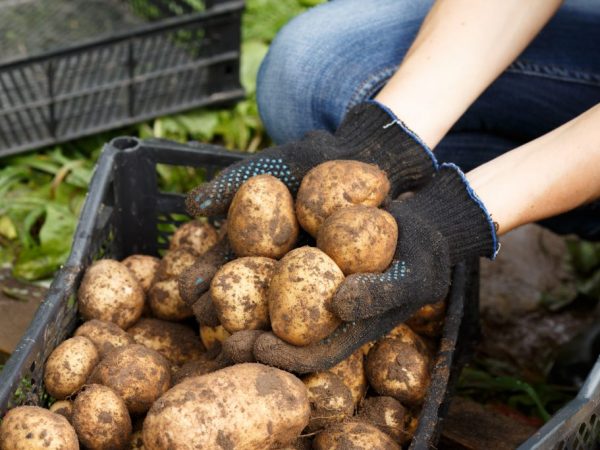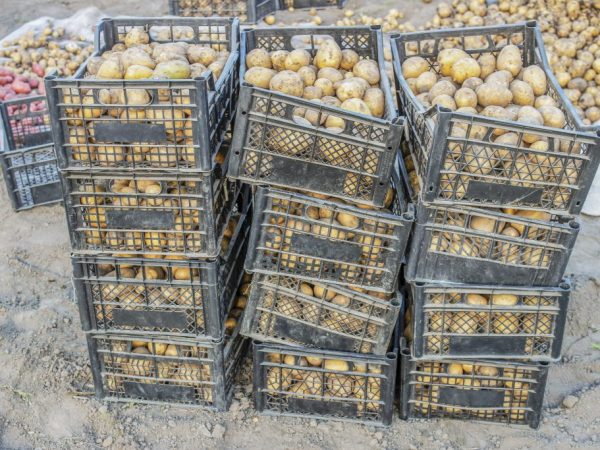Potato sorting devices
Potato tubers come in a variety of sizes. Their sorting provides the root crop with great keeping quality. Non-mechanized sorting of potatoes takes a lot of time and effort. Consider the potato sorting tools that make this process as fast and simple as possible.

Potato sorting devices
Mechanism and its effectiveness
For mechanized sorting, a special sieve with holes of various diameters is used, through which a root crop of the required size passes. Mechanisms are manual and automatic.
The former are most often used when the harvest is small. In this case, devices that can be easily designed by yourself are quite suitable. Automatic plants are often used in conjunction with a tractor and thus cover large fields.
Lattice table
When working with small crop volumes, it is not necessary to hire special equipment or make complex structures. The most successful sorting of small quantities of potatoes is provided by the grid table. A special drawer serves as a table top for it. The design is based on the passage of potatoes of the desired size through a special grid, the yards of which diverge: thus, small tubers fall before large ones.
Several boxes are placed under the countertop, into which the sorted root crop will fall. At the same time, a tuber of the required size falls into each tray. The table should be slightly tilted so that the potatoes roll down the yards themselves and fall into the right place.
The potato sorting table will become a convenient assistant in the household, however, it has two disadvantages:
- the design does not provide selection of damaged or diseased tubers;
- has a small sorting volume.
The size of the wooden box is recommended to be 1500x800x25mm. The spacing between the yards should be approximately 35 cm at the beginning and 60 cm at the end of the table.
Cylindrical potato sorting

All sorted
This homemade sorting item is a little more complicated than the previous one. It includes: two bar cylinders, welded together, a hopper, pitched grids, a manual drive and a frame. Grilles with holes of different diameters are placed inside the cylinders.
In the cylindrical machine, the potatoes are sorted into three parts: small, medium and large. The first two parts are sorted sequentially in cylinders, and the large potatoes come out. Different litter is screened out with the help of additional gratings. The dimensions of the frame depend accordingly on the size of the cylinders.
Mobile potato sorting machine L-701
The mobile potato sorting machine L-701 is a large unit that packs the root crop into three parts, like the previous design. This is the only machine designed for use in large agricultural fields. It is able to work both autonomously and in conjunction with a tractor in the field.
The design of such a potato sorter consists of flat, rubber-coated grates.The holes in them have a square shape with sides of 35 and 50 cm. The unit has its own electric drive with a power of 1.5 kW. Under favorable conditions, the machine is capable of handling 5 tons of potatoes per hour.
Unlike the independently designed sorting mechanisms, the L-701 unit has a rather large size:
- length: 7000 cm
- width: 1600 cm
- height: 2400 cm
- weight: 800 kg
Sorter М 616
Sorter М 616 is a large unit that sorts potatoes into 4 parts. Its design allows one person to move the machine.
The potatoes are sorted as follows:
- small (waste)
- seminal 1
- seminal 2
- large
The potato sorting structure includes the following elements: a feeding conveyor, a heated selection table, a conveyor, a bag filler. The support of the machine is a frame on rubber wheels. Approximate volume of work per hour: 5 tons of potatoes.
Conclusion
There are many options to save time and effort at this stage of agricultural work. The manufacture or purchase of potato sorting will greatly simplify the work, save resources and improve the quality of the product packaging.


